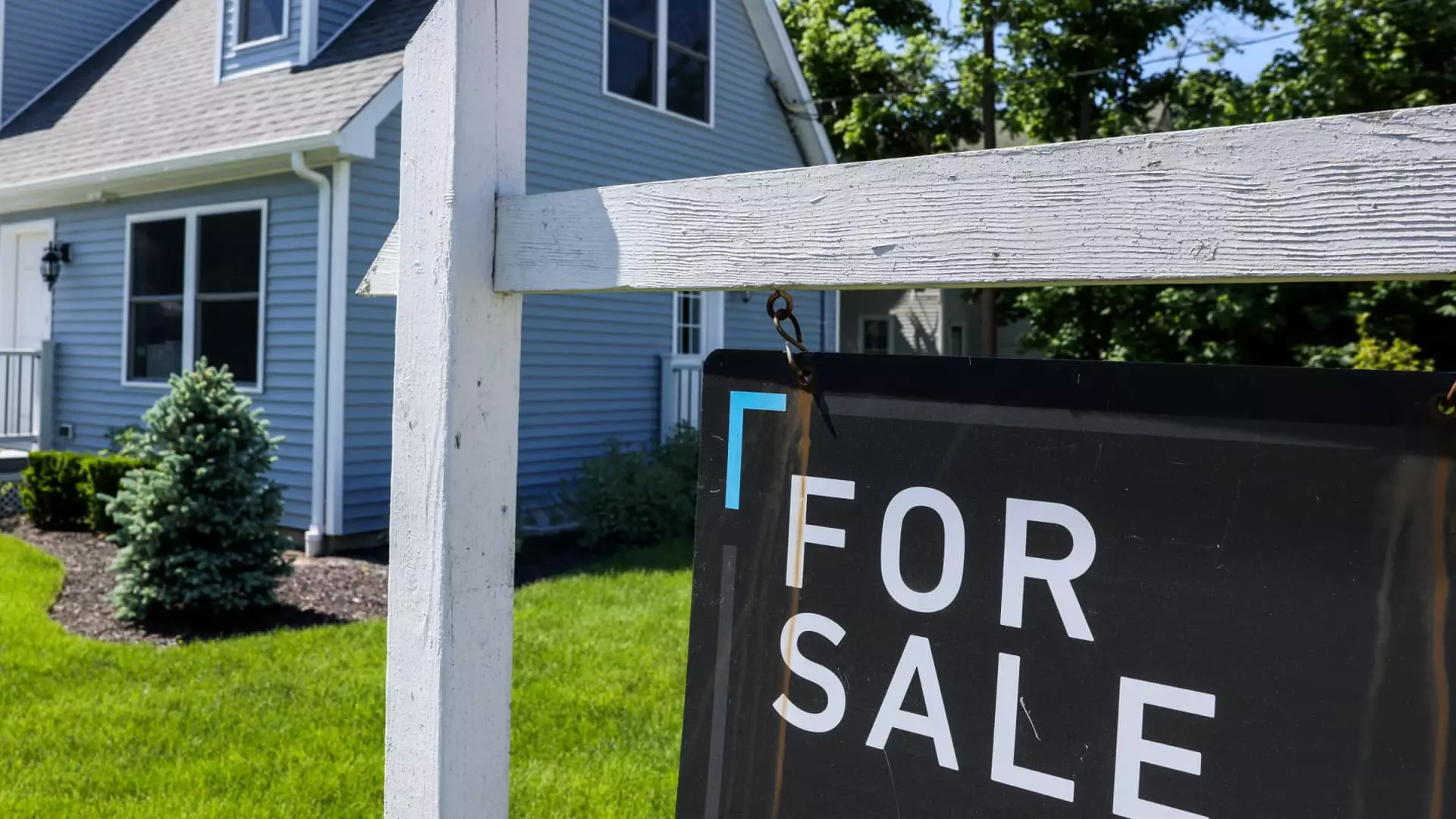Recent shifts in mortgage interest rates have created a misleading aura of optimism in the housing sector. While a modest decline to 6.77% in 30-year fixed-rate mortgage rates might appear as good news, it masks deeper underlying issues that suggest a sluggish, uncertain housing market at best. In fact, the brief uptick in mortgage applications—an increase of nearly 10%—may be more a reaction to short-term rate movements rather than a sign of sustained demand. Historically, such slight dips tend to spark temporary enthusiasm, but they do little to address the fundamental economic factors that influence the housing landscape.
The Illusion of Momentum in a Fragile Market
Although the statistics report a surge in both refinancing and homebuying applications, the true story is more complicated. Refinance activity has jumped 56% compared to last year—yet it remains hamstrung by high interest rates that linger stubbornly above levels that would encourage widespread refinancing. Meanwhile, purchase applications, although up 25%, still struggle to gain consistent momentum. Market insiders observe that consumer sentiment remains fragile, often swayed by unpredictable economic signals. High cancellation rates on existing contracts reveal a hesitancy that can’t simply be brushed aside by a temporary dip in rates. When mortgage rates start climbing again, as recent reports suggest they are, the optimistic trajectory faces real headwinds.
Underlying Economic Forces and the Real Future
It’s imperative to understand that these rate fluctuations are not occurring in a vacuum. For years, high borrowing costs have constrained demand, and only recent easing has temporarily thawed some frozen activity. But this short-lived relief risks creating false hope among prospective homebuyers and investors alike. The economy’s broader conditions—such as persistent inflation, changing employment patterns, and policy uncertainty—continue to cast a long shadow over the housing market. Speculative exuberance driven by small decreases in mortgage rates is likely to be short-lived, especially if inflation pressures reassert themselves and borrowing costs rise again.
The Right Perspective: Caution Over Excitement
From a centrist, pragmatic standpoint, it’s clear that these market movements should not be viewed as signs of a robust recovery. Instead, they reveal a delicate, possibly volatile environment that demands cautious optimism. The housing market’s current bounce is akin to a fragile glass—it may appear resilient, but the cracks are evident beneath the surface. Policy interventions, inflation management, and stable economic fundamentals are essential for genuine growth. Until these factors stabilize, the best course of action for potential homeowners and investors is to remain cautious and not be lulled into overconfidence by temporary rate dips. History teaches us that such “recovery” signals often precede another downturn—an outcome that could leave many holding the short end of the stick.

